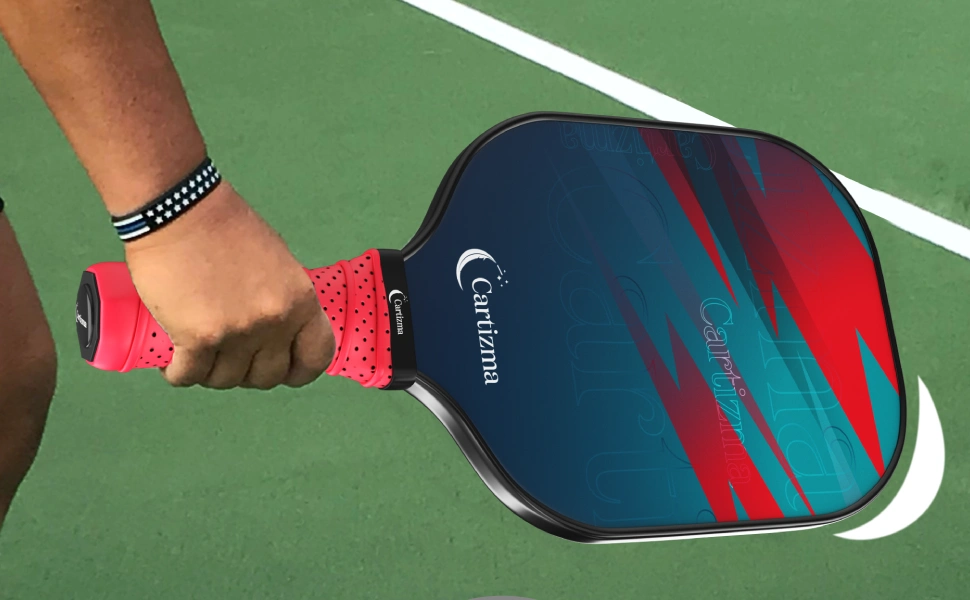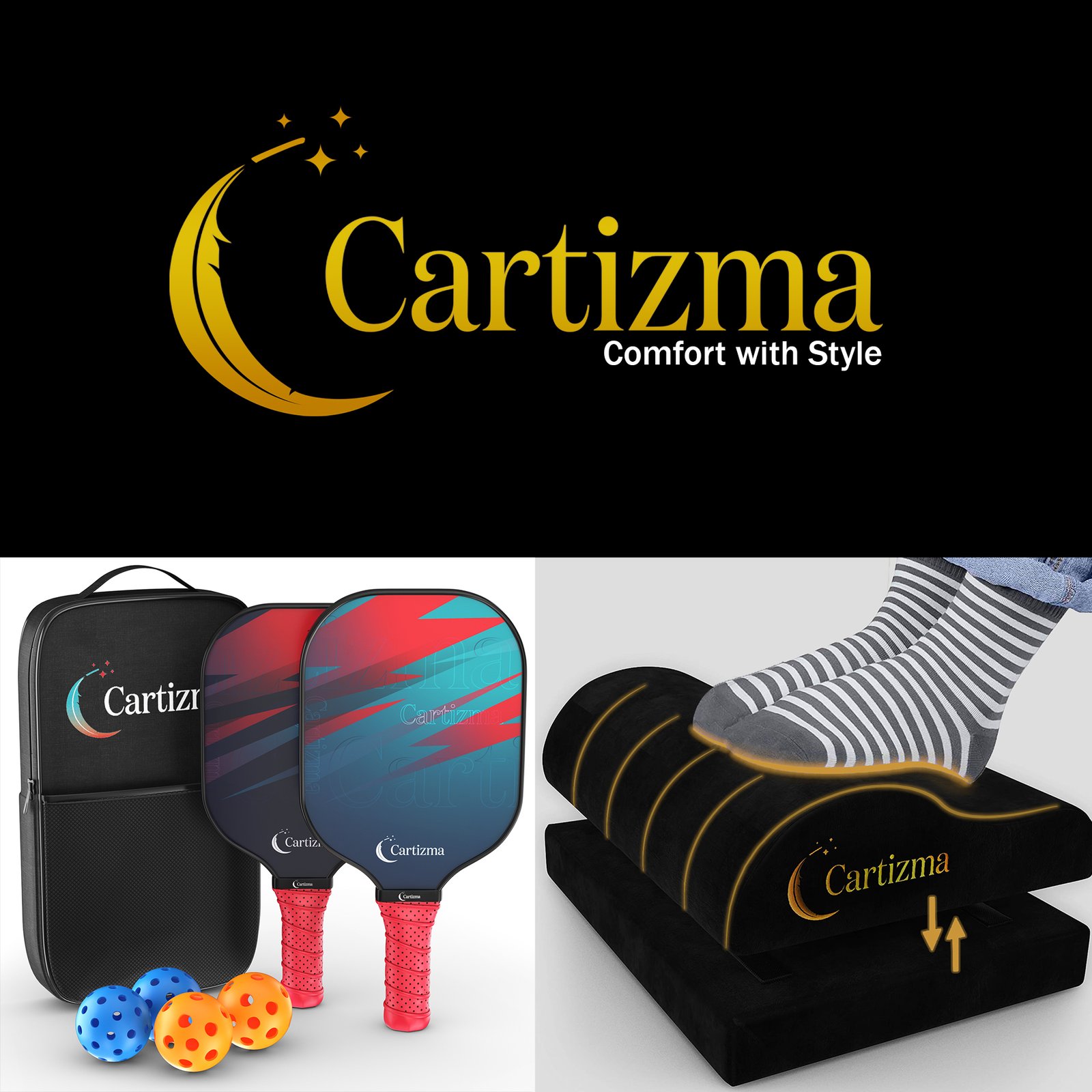Pickleball, a sport that has rapidly gained popularity worldwide, combines elements of tennis, badminton, and table tennis. One key aspect of excelling in this sport is understanding the various materials used for pickleball paddles and balls. This knowledge helps in selecting the best equipment tailored to your gameplay. This blog post will explore the materials commonly used for paddles and balls and provide insights into which is better suited for specific playstyles.
Understanding Pickleball Paddles
Graphite Paddles
Graphite paddles are renowned for their lightweight and durability. Players who prefer fast and controlled gameplay find graphite paddles ideal due to their quick maneuverability and responsiveness. The graphite surface offers a consistent bounce, enhancing accuracy.
Composite Paddles
Composite paddles consist of a blend of materials, typically including fiberglass, carbon fiber, and polymer cores. They provide a versatile balance of power and control, making them suitable for intermediate players. The textured surface allows for enhanced spin, which can be a crucial factor in competitive games.
Wooden Paddles
Wooden paddles, often used by beginners, are heavier and more affordable than graphite or composite paddles. They are durable but lack the precision and control offered by their lighter counterparts. Recreational players or beginners often choose wooden paddles for casual gameplay.
Polymer Core Paddles
Polymer core paddles provide excellent control and a softer touch due to their honeycomb structure. The combination of lightweight cores and composite surfaces gives players superior control without compromising power. These paddles are popular among advanced players who value precision over power.
Evaluating Pickleball Balls
Indoor Balls
Indoor pickleball balls are usually made from softer plastic and have larger holes, allowing for better control and slower flight. These balls offer more bounce on gym floors and are ideal for strategic play with controlled shots and spin.
Outdoor Balls
Outdoor balls are constructed with harder plastic and smaller holes to withstand wind and provide durability on rougher surfaces. They tend to travel faster, making them suitable for power play and outdoor conditions. Players should expect a lower bounce and adjust their gameplay accordingly.
Choosing the Right Equipment
Paddle Selection Based on Playstyle
- Power Players: Graphite or composite paddles with a polymer core provide a powerful swing and control.
- Control Players: Lightweight paddles with textured surfaces, such as composite paddles, allow for better ball handling.
- Beginners: Wooden paddles offer an affordable entry point for those new to the game.
Ball Selection Based on Environment
- Indoor Courts: Choose indoor balls for controlled and strategic gameplay.
- Outdoor Courts: Select outdoor balls that can endure varying weather conditions and rough surfaces.
FAQs
What is the difference between indoor and outdoor pickleball paddles?
- While there isn’t a strict distinction between indoor and outdoor paddles, the choice of paddle often depends on personal preference and playing environment. Some paddles are designed to handle wind and rough surfaces better.
Can I use indoor balls outside?
- It’s possible but not recommended. Indoor balls are softer and can wear out quickly on rough outdoor surfaces, affecting gameplay quality.
What is the most durable pickleball paddle material?
- Composite paddles with a polymer core are generally the most durable, combining strength and longevity with versatile playability.
Are wooden paddles still relevant for gameplay?
- Yes, wooden paddles remain popular among beginners and recreational players due to their affordability and durability.
Do different paddle materials affect spin?
- Yes, graphite and composite paddles with textured surfaces allow for more spin compared to smooth wooden paddles.
How can I increase my paddle’s lifespan?
- Proper care, such as avoiding harsh surfaces and extreme temperatures, can extend the life of your paddle.
Conclusion
Understanding the differences between the various materials used for pickleball paddles and balls is essential for enhancing your gameplay. Whether you’re a beginner or an advanced player, choosing the right equipment can significantly impact your performance on the court. From lightweight graphite paddles for speed to durable composite paddles for versatility, the right gear is out there for every player. For the balls, the selection depends on whether you’re playing indoors or outdoors, with each environment demanding specific attributes. Ultimately, the best way to determine the ideal equipment for your playstyle is through hands-on experience and experimentation.





